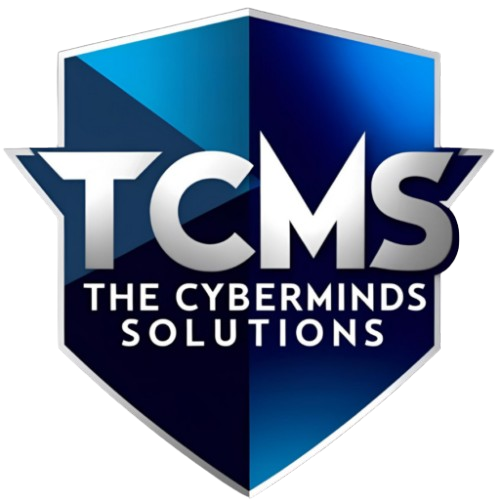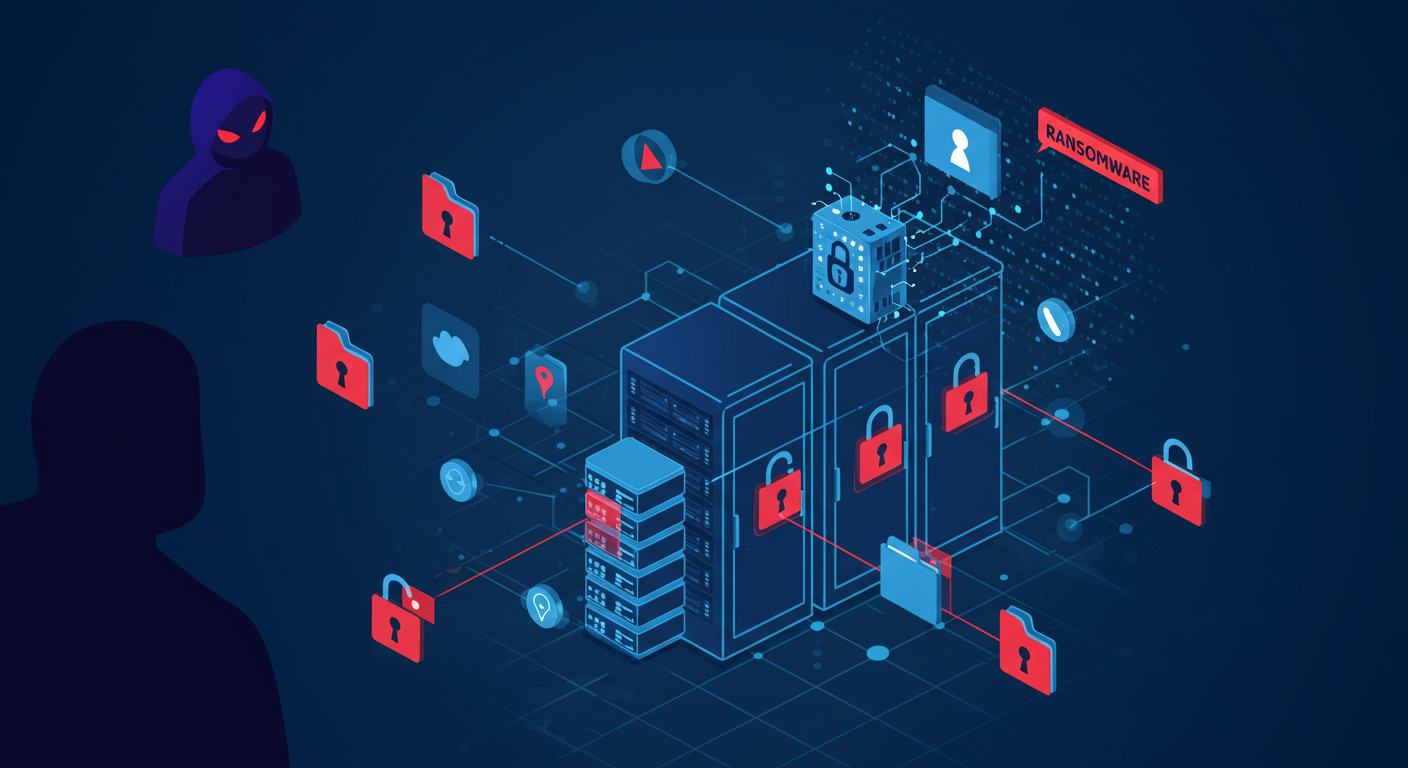CISA’s advisory AA25-071A paints a grim picture of the Medusa ransomware, a sophisticated threat targeting critical infrastructure with alarming efficiency. This article dissects the Medusa attack lifecycle, focusing on the technical intricacies and providing actionable mitigation strategies.
Medusa’s Attack Lifecycle: A Technical Autopsy
Medusa actors employ a well-defined attack sequence, leveraging a combination of established and advanced techniques:
-
Initial Access: The Gateway to Compromise
- IABs and Vulnerability Exploitation:
- Medusa operators often purchase access from Initial Access Brokers (IABs), who have already established a foothold within target networks.
- Exploitation of known vulnerabilities, particularly in unpatched systems, is a primary entry point. Examples include exploiting vulnerabilities in VPNs, remote desktop protocols (RDP), and web applications.
- Phishing:
- Phishing emails containing malicious attachments or links are used to deliver initial payloads or steal credentials.
- IABs and Vulnerability Exploitation:
-
Network Reconnaissance and Lateral Movement: Mapping the Terrain
- Advanced IP Scanner:
- Used for network scanning and host discovery. Command example:
advanced_ip_scanner.exe /range:192.168.1.0-255 /ping /port:3389,445,80.
- Used for network scanning and host discovery. Command example:
- PowerShell Post-Exploitation:
- PowerShell is heavily used for post-exploitation activities, including privilege escalation, lateral movement, and data exfiltration. Examples:
Get-NetIPAddressfor network information.Invoke-Command -ComputerName <target_computer> -ScriptBlock {<commands>}for remote execution.
- PowerShell is heavily used for post-exploitation activities, including privilege escalation, lateral movement, and data exfiltration. Examples:
- Living Off the Land (LOTL) Techniques:
- Certutil:
- Used for downloading malicious payloads and decoding files. Example:
certutil.exe -urlcache -f <URL> <output_file>.
- Used for downloading malicious payloads and decoding files. Example:
- Utilizing legitimate system tools to evade detection.
- Certutil:
- Remote Access Software:
- Using remote access software for persistent access, and lateral movement.
- Advanced IP Scanner:
-
Data Exfiltration and Encryption: The Double Extortion Tactic
- Rclone:
- Used for exfiltrating large volumes of data. Command example:
rclone copy <source> <destination>.
- Used for exfiltrating large volumes of data. Command example:
- gaze.exe:
- The Medusa ransomware executable used for encrypting files.
- Rclone:
-
Ransom Demands and Extortion: The Final Stage
- Ransom notes are delivered, demanding payment in cryptocurrency for decryption keys.
- Threats of public data release are used to pressure victims.
Indicators of Compromise
Table 1 lists the hashes of malicious files obtained during investigations.
| Files | Hash (MD5) | Description |
|---|---|---|
| !!!READ_ME_MEDUSA!!!.txt | Redacted | Ransom note file |
| openrdp.bat | 44370f5c977e415981febf7dbb87a85c | Allows incoming RDP and remote WMI connections |
| pu.exe | 80d852cd199ac923205b61658a9ec5bc | Reverse shell |
Table 2 includes email addresses used by Medusa actors to extort victims; they are exclusively used for ransom negotiation and contacting victims following compromise. These email addresses are not associated with phishing activity conducted by Medusa actors.
| Email Addresses | Description |
|---|---|
| [email protected] | Used for ransom negotiation |
| [email protected] | Used for ransom negotiation |
| [email protected] | Used for ransom negotiation |
| [email protected] | Used for ransom negotiation |
| [email protected] | Used for ransom negotiation |
MITRE ATT&CK Tactics and Techniques
See Table 3 – Table 11 for all referenced threat actor tactics and techniques in this advisory. For assistance with mapping malicious cyber activity to the MITRE ATT&CK framework, see CISA and MITRE ATT&CK’s Best Practices for MITRE ATT&CK Mapping and CISA’s Decider Tool.
| Technique Title | ID | Use |
|---|---|---|
| Exploit Public-Facing Application | T1190 | Medusa actors exploited unpatched software or n-day vulnerabilities through common vulnerabilities and exposures. |
| Initial Access | TA0001 | Medusa actors recruited initial access brokers (IABS) in cybercriminal forums and marketplaces to obtain initial access. |
| Phishing | T1566 | Medusa IABS used phishing campaigns as a primary method for delivering ransomware to victims. |
| Technique Title | ID | Use |
|---|---|---|
| Indicator Removal: Clear Command History | T1070.003 | Medusa actors attempt to cover their tracks by deleting the PowerShell command line history. |
| Obfuscated Files or Information: Encrypted/Encoded File | T1027.013 | Medusa actors use a well-known evasion technique that executes a base64 encrypted command. |
| Obfuscated Files or Information | T1027 | Medusa actors obfuscated a string by slicing it into pieces and referencing it via a variable. |
| Indicator Removal | T1070 | Medusa actors deleted their previous work and tools installed. |
| Impair Defenses: Disable or Modify Tools | T1562.001 | Medusa actors killed or deleted endpoint detection and response tools. |
| Technique Title | ID | Use |
|---|---|---|
| Network Service Discovery | T1046 | Medusa actors utilized living of the land techniques to perform network enumeration. |
| File and Directory Discovery | T1083 | Medusa actors utilized Windows Command Prompt for filesystem enumeration. |
| Network Share Discovery | T1135 | Medusa actors queried shared drives on the local system to gather sources of information. |
| System Network Configuration Discovery | T1016 | Medusa actors used operating system administrative utilities to gather network information. |
| System Information Discovery | T1082 | Medusa actors used the command systeminfo to gather detailed system information. |
| Permission Groups Discovery: Domain Groups | T1069.002 | Medusa actors attempt to find domain-level group and permission settings. |
| Technique Title | ID | Use |
|---|---|---|
| Credential Access | TA0006 | Medusa actors harvest credentials with tools like Mimikatz to gain access to systems. |
| OS Credential Dumping: LSASS Memory | T1003.001 | Medusa actors were observed accessing credential material stored in process memory or Local Security Authority Subsystem Service (LSASS) using Mimkatz. |
| Technique Title | ID | Use |
|---|---|---|
| Lateral Movement | TA0008 | Medusa actors performed techniques to move laterally without detection once they gained initial access. |
| Command and Scripting Interpreter: PowerShell | T1059.001 | Medusa actors used PowerShell, a powerful interactive command-line interface and scripting environment for ingress, network, and filesystem enumeration. |
| Command and Scripting Interpreter: Windows Command Shell | T1059.003 | Medusa actors used Windows Command Prompt—which can be used to control almost any aspect of a system—for ingress, network, and filesystem enumeration. |
| Software Deployment Tools | T1072 | Medusa Actors used PDQ Deploy and BigFix to deploy the encryptor on files across the network. |
| Remote Services: Remote Desktop Protocol | T1021.001 | Medusa actors used Remote Desktop Protocol (RDP), a common feature in operating systems, to log into an interactive session with a system and move laterally. |
| System Services | T1569.002 | Medusa actors used Sysinternals PsExec to deploy the encryptor on files across the network. |
| Windows Management Instrumentation | T1047 | Medusa actors abused Windows Management Instrumentation to query system information. |
| Technique Title | ID | Use |
|---|---|---|
| Exfiltration | TA0010 | Medusa actors identified files to exfiltrate out of victim networks. |
| Exfiltration Over Web Service: Exfiltration to Cloud Storage | T1567.002 | Medusa actors used Rclone to facilitate exfiltration of data to the Medusa C2 servers. |
| Technique Title | ID | Use |
|---|---|---|
| Ingress Tool Transfer | T1105 | Medusa actors used PowerShell, Windows Command Prompt, and certutil for file ingress. |
| Application Layer Protocol: Web Protocols | T1071.001 | Medusa actors communicate using application layer protocols associated with web traffic. In this case, Medusa actors used scripts that created reverse or bind shells over port 443: HTTPS. |
| Remote Access Software | T1219 | Medusa actors used remote access software to move laterally through the network. |
| Technique Title | ID | Use |
|---|---|---|
| Create Account | T1136.002 | Medusa actors created a domain account to maintain access to victim systems. |
| Technique Title | ID | Use |
|---|---|---|
| Data Encrypted for Impact | T1486 | Medusa identified and encrypted data on target systems to interrupt availability to system and network resources. |
| Inhibit System Recovery | T1490 | The process gaze.exe terminates all services then deletes shadow copies and encrypts files with AES-256 before dropping the ransom note. |
| Financial Theft | T1657 | Victims must pay to decrypt files and prevent further release by Medusa actors. |
| System Shutdown/Reboot | T1529 | Medusa actors manually turned off and encrypted virtual machines. |
| Service Stop | T1489 | The process gaze.exe terminates all services related to backups, security, databases, communication, file sharing, and websites, |
Technical Mitigation Strategies: Fortifying Your Defenses
To counter Medusa’s sophisticated tactics, organizations must implement robust security measures:
-
Vulnerability Management:
- Implement a rigorous patch management program, prioritizing critical vulnerabilities.
- Regularly conduct vulnerability assessments and penetration testing.
-
Network Segmentation:
- Segment networks to limit the impact of a breach.
- Implement strict access control lists (ACLs) and firewall rules.
-
Endpoint Detection and Response (EDR):
- Deploy advanced EDR solutions to detect and respond to suspicious activity.
- Implement application whitelisting and behavior-based detection.
-
Multi-Factor Authentication (MFA):
- Enforce MFA for all remote access and critical applications.
- Implement strong password policies.
-
Data Backup and Recovery:
- Maintain regular, offline backups of critical data.
- Test recovery procedures to ensure business continuity.
-
Security Information and Event Management (SIEM):
- Implement a robust SIEM system to aggregate and analyze security logs.
- Implement advanced correlation rules to detect anomalous behavior.
-
Security Awareness Training:
- Educate employees about phishing attacks and social engineering tactics.
- Conduct regular security awareness training sessions.
-
Incident Response Planning:
- Develop and maintain a comprehensive incident response plan.
- Conduct regular incident response exercises.
-
Threat Intelligence Sharing:
- Participate in threat intelligence sharing initiatives.
Key Technical Considerations:
- PowerShell Logging and Monitoring: Enable robust PowerShell logging and monitoring to detect malicious activity.
- Application Whitelisting: Implement application whitelisting to prevent the execution of unauthorized executables.
- Network Traffic Analysis: Employ network traffic analysis tools to detect anomalous network behavior.
- YARA Rules: Create and deploy YARA rules to detect Medusa-specific malware signatures.
By implementing these technical mitigation strategies and staying informed about the latest threats, organizations can significantly reduce their risk of falling victim to Medusa ransomware and other sophisticated cyberattacks.
Reference: CISA

